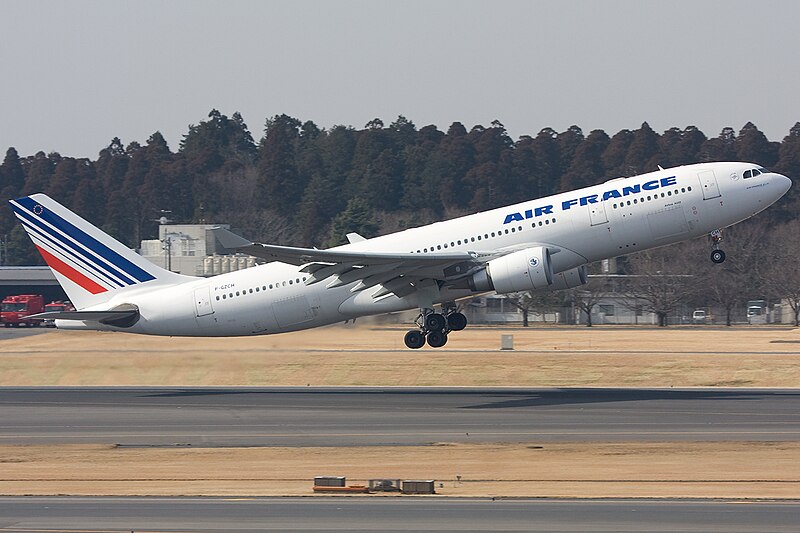Aviation has changed the world, making distances smaller and connecting people. But with progress come tragedies, and plane crashes have taught us hard lessons. Each collision leads to an investigation that reveals essential truths, improving safety and saving lives. This blog post looks at key plane crashes and the investigations that transformed aviation safety, using trusted sources like the National Transportation Safety Board (NTSB), International Civil Aviation Organization (ICAO), and historical records.
The Tenerife Airport Disaster (1977): A Collision of Miscommunication

On March 27, 1977, two big planes, a KLM Boeing 747 and a Pan Am Boeing 747, crashed on a foggy runway in Tenerife, Canary Islands. The accident killed 583 people, making it the worst in aviation history. The KLM pilot tried to take off without permission and struck the Pan Am plane as it was moving on the runway.. Investigators from the NTSB and Spain found that miscommunication, unclear radio messages, and human mistakes caused the crash.
The KLM pilot mistakenly believed he had clearance to take off, but he didn’t. Thick fog obscured visibility, and jumbled radio messages added to the confusion.
The official Spanish report (1978) led to big changes:
- Clear Radio Rules: ICAO created strict, clear words for pilots and controllers to avoid confusion.
- Teamwork Training: The crash showed that junior crew were afraid to correct the captain. New training, called Crew Resource Management (CRM), taught pilots to work as a team and speak up.
- Better Runways: New lights, signs, and radar helped keep runways safer.
Tenerife taught us that people’s mistakes can be as dangerous as machine problems. Flying is safer today because of it.
TWA Flight 800 (1996): Solving a Mystery

On July 17, 1996, TWA Flight 800 blew up in the sky near New York, killing all 230 people on board. At first, people thought it was a missile or bomb. However, after a four-year investigation, the NTSB found the real cause: an explosion in the plane’s fuel tank. The NTSB report (2000) said a spark from bad wiring likely set off fuel vapors in the Boeing 747’s tank.
The NTSB rebuilt the plane from pieces found in the ocean, ruling out other theories. Their work led to:
Safer Fuel Tanks: Planes now use nitrogen to keep fuel tanks from exploding.
Wiring Checks: Old planes got stricter inspections to fix worn-out wires.
Honest Updates: The NTSB shared clear information to stop rumors, setting an example for future crashes.
TWA Flight 800 showed how careful investigation can solve mysteries and make planes safer.
Air France Flight 447 (2009): Automation Problems

On June 1, 2009, Air France Flight 447, an Airbus A330, crashed into the Atlantic Ocean while flying from Brazil to France. All 228 people died. The French BEA (investigation agency) found the black boxes in 2011 after a long search. Their report (2012) showed that ice blocked the plane’s airspeed sensors, causing the autopilot to turn off. The pilots got confused and couldn’t stop the plane from falling.
This crash showed that relying too much on computers could be dangerous. It led to:
Better Sensors: New, reliable airspeed sensors were required to avoid ice problems.
Pilot Training: Pilots now practice handling crashes without autopilot, especially at high altitudes.
Clearer Cockpit Displays: Plane controls were improved to give pilots better warnings.
Air France 447 helped pilots learn to fly without depending only on machines.
Boeing 737 MAX Crashes (2018-2019): A Big Wake-Up Call

In October 2018, Lion Air Flight 610 crashed, and in March 2019, Ethiopian Airlines Flight 302 went down. Both were Boeing 737 MAX planes, and together, they killed 346 people. Investigators from Indonesia, Ethiopia, the NTSB, and the FAA found that a system called MCAS caused the crashes. MCAS was meant to stop stalls but pushed the planes’ noses down by mistake because of bad sensor data. Boeing didn’t train pilots well, and regulators didn’t check the plane carefully enough, according to a U.S. Congress report (2020).
These crashes led to:
Fixed Software: Boeing changed MCAS to use more sensors and limit its control.
Stricter Rules: Regulators worldwide got tougher on approving new planes.
More Pilot Training: Pilots now train in simulators to handle MCAS problems.
These crashes showed problems in how planes are built and approved, making the industry fix big mistakes.
Why Investigations Are Important

Plane crashes are rare, but they teach us a lot. Investigations by groups like the NTSB, BEA, and ICAO find answers and make flying safer. From better communication after Tenerife to fixing the 737 MAX, each crash has improved safety. ICAO’s 2023 Safety Report says flying is much safer now, even with more planes in the sky.
But new challenges, like bad weather from climate change or drones in the air, mean investigations must keep improving. They might use AI and data to stop crashes before they happen.
When you fly, every safety rule, backup system, and trained pilot exists because of lessons learned from past crashes. As a result, investigations lead to progress.
Have thoughts on aviation safety or personal flying experiences? Share them in the comments below.
📩 For more stories like this, subscribe to our newsletter!


Leave a Reply